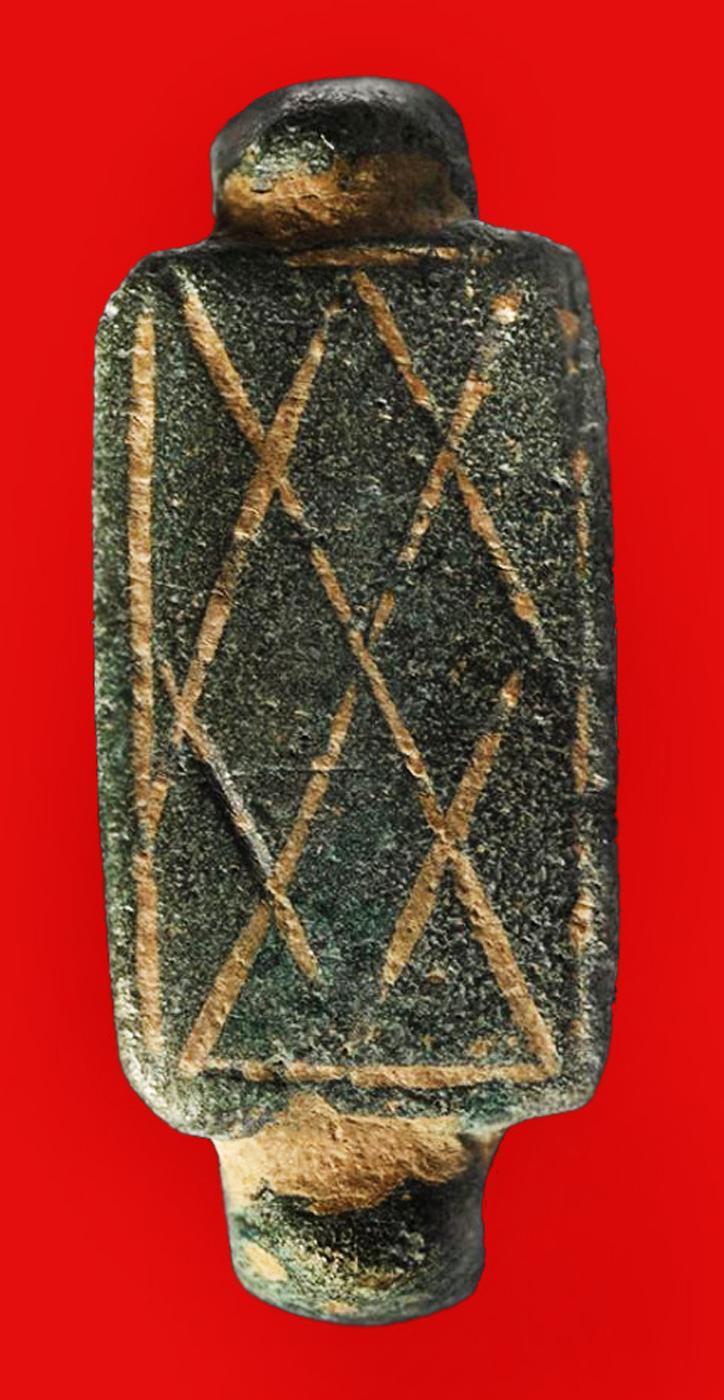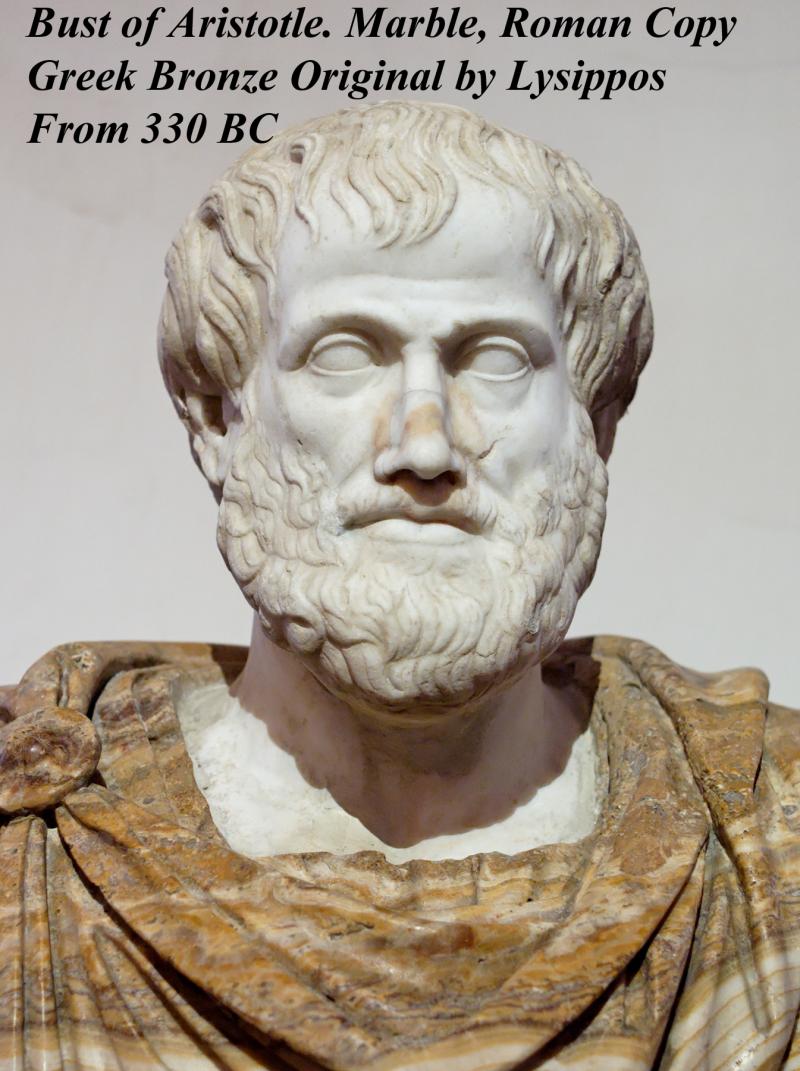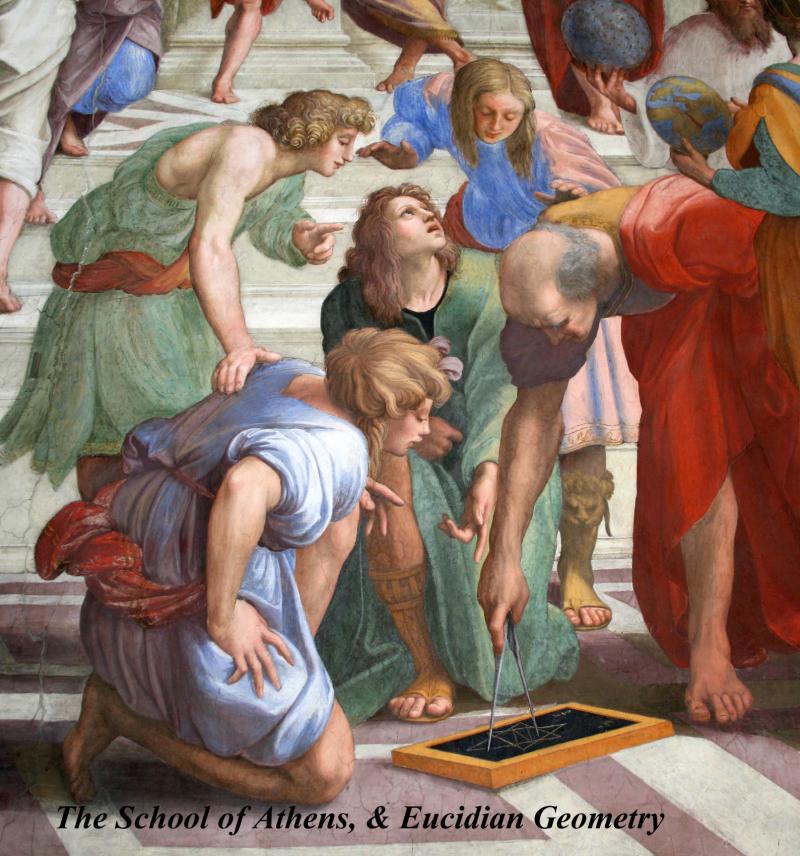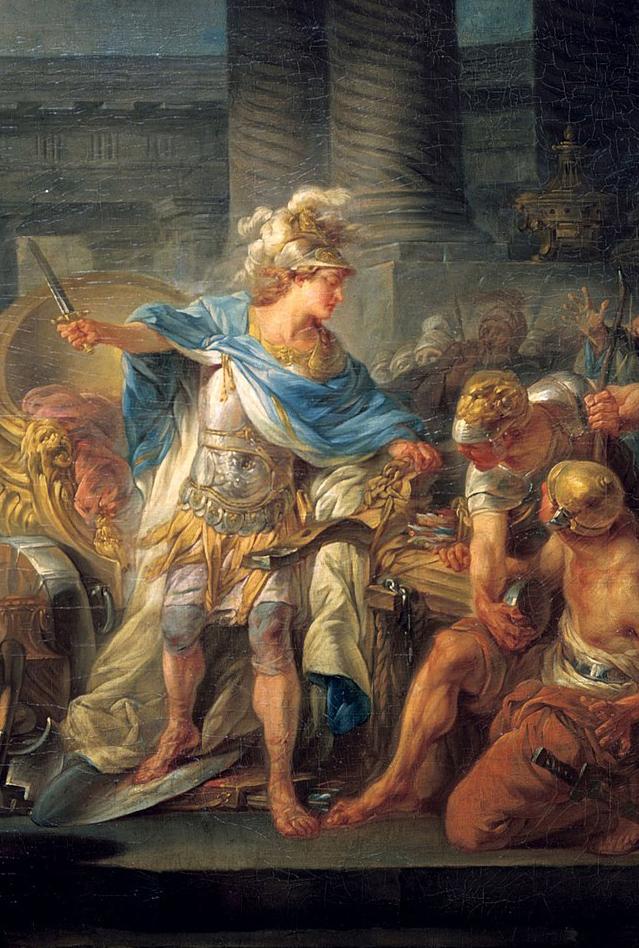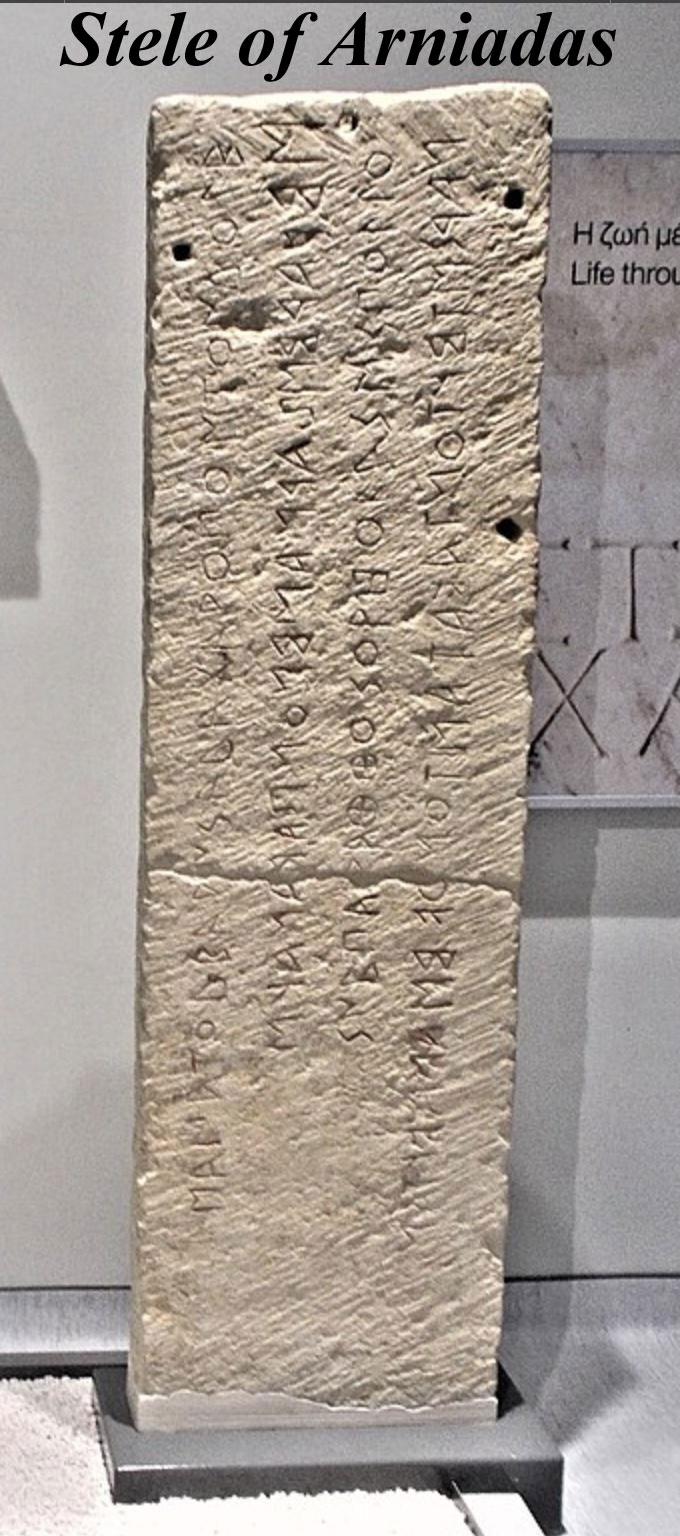A Superb Ancient Greek Bronze Scholar’s Tablet Ring From The Time of Alexander the Great Circa 340 BC. Engraved With Symbolic Crosshatching Of Stylized Pre-Euclidean Geometry, And In The Proportions of A Greek Stele. From the Greek στήλη
Another collection of fine antiquities will be added soon, including this most rare scholar’s tablet ring from the time of Alexander the Great. A ring as could be worn by such as one of the greatest philosophers in history, Aristoteles. Very fine naturally aged bronze ring, in rectangular tablet form, with crosshatch engraving of stylized pre-Euclidean geometry
The great philosopher Aristoteles taught Alexander the Great in Naoussa
In the year 342 bc King Philip II of Macedonia invited. in the area of Naoussa, the great philosopher Aristoteles to educate his 13 year old son Alexander, who will be later known throughout the world as Alexander the Great.
Aristoteles accepted to undertake the education of Alexander and the children of Macedonian nobles in the Temple of the Nymphs near Naoussa. Many of these students would become Alexander’s friends and future generals. Aristotle taught Alexander and his friends about medicine, philosophy, morals, religion, logic, and art. Under Aristotle’s tutelage, Alexander developed a passion for the works of Homer. Aristotle gave him an annotated copy, which Alexander later carried on his campaigns.
This location of the Temple of the Nymphs near Naoussa is rounded with nature, trees, a river and a small swamps. Walking through the nature the philosopher Aristoteles taught Alexander using the epic poems of Homer.
The location is an incredible area that has more than 2300 years of history.
Alexander the Great himself famously wore jewelry that was full of imagery and symbolism. He frequently commissioned and wore jewelry, of bronze, silver and gold, with themes that celebrated his divinity, his victories, and his idea of a unified universe. He expressed his divine background and goals by using mythical creatures. Additionally, to emphasize his status as a monarch.
Steles have also been used to publish laws and decrees, to record a ruler's exploits and honours, to mark sacred territories, generally taller than it is wide, erected in the ancient world as a monument. The surface of the stele often has text, ornamentation, or both.
Picture in the gallery of Stele of Arniadas.
Every single item from The Lanes Armoury is accompanied by our unique Certificate of Authenticity. Part of our continued dedication to maintain the standards forged by us over the past 100 years of our family’s trading, as Britain’s oldest established, and favourite, armoury and gallery
Code: 25437
595.00 GBP


